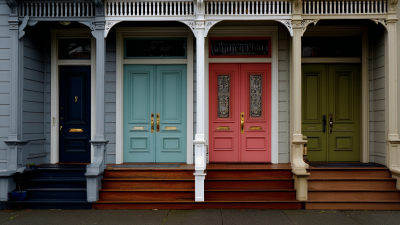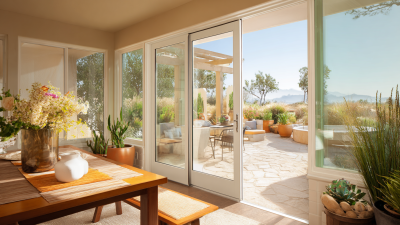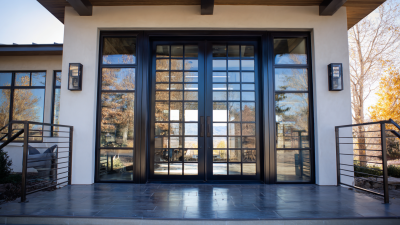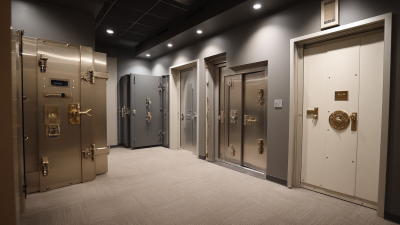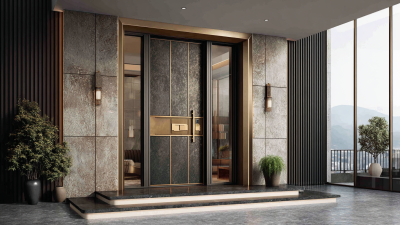In recent years, the demand for panel wood in home design has surged, driven by consumers' desire for sustainability and aesthetic appeal. According to the latest report by the Wood Products Association, the panel wood market is expected to grow by approximately 5% annually through 2025, highlighting a significant shift in design preferences towards eco-friendly materials. As homeowners become increasingly aware of the environmental impact of their choices, panel wood presents an attractive option, combining beauty with a lower carbon footprint.
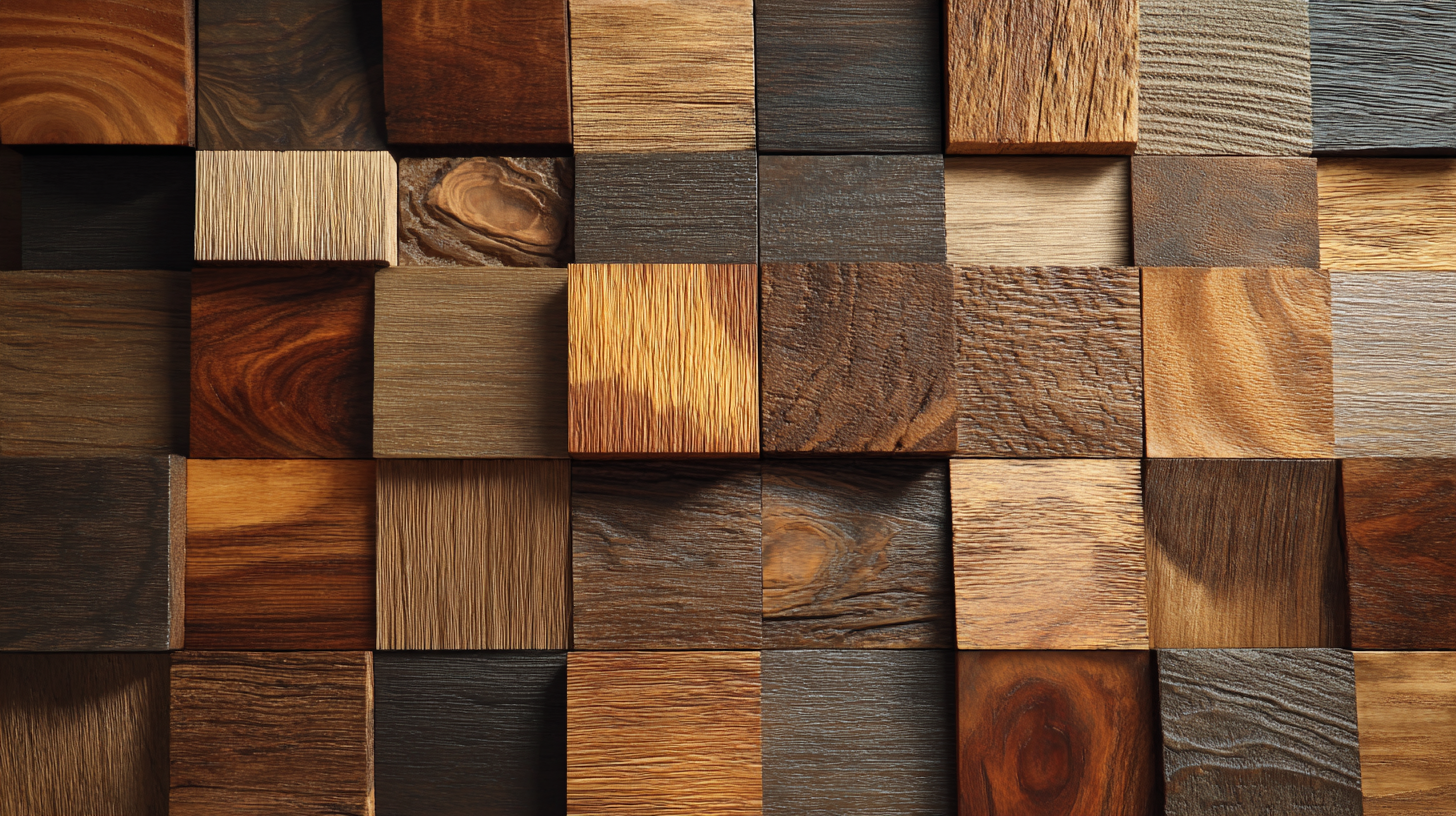 Expert insights from renowned wood design specialist Dr. Emily Larson affirm the importance of this trend: “Panel wood not only brings warmth and texture into a space but also aligns with sustainable practices that are becoming essential in contemporary design.” This convergence of style and sustainability is steering manufacturers to innovate, resulting in a diverse array of textures, finishes, and applications for panel wood. As we explore the top trends in panel wood for 2025, it becomes clear that this material is poised to transform living spaces, making homes more inviting and environmentally responsible.
Expert insights from renowned wood design specialist Dr. Emily Larson affirm the importance of this trend: “Panel wood not only brings warmth and texture into a space but also aligns with sustainable practices that are becoming essential in contemporary design.” This convergence of style and sustainability is steering manufacturers to innovate, resulting in a diverse array of textures, finishes, and applications for panel wood. As we explore the top trends in panel wood for 2025, it becomes clear that this material is poised to transform living spaces, making homes more inviting and environmentally responsible.
Innovative panel designs are at the forefront of transforming modern interiors, bringing a fresh aesthetic and functionality to home design. One standout trend is the use of textured and 3D panels that add depth and physical character to walls.
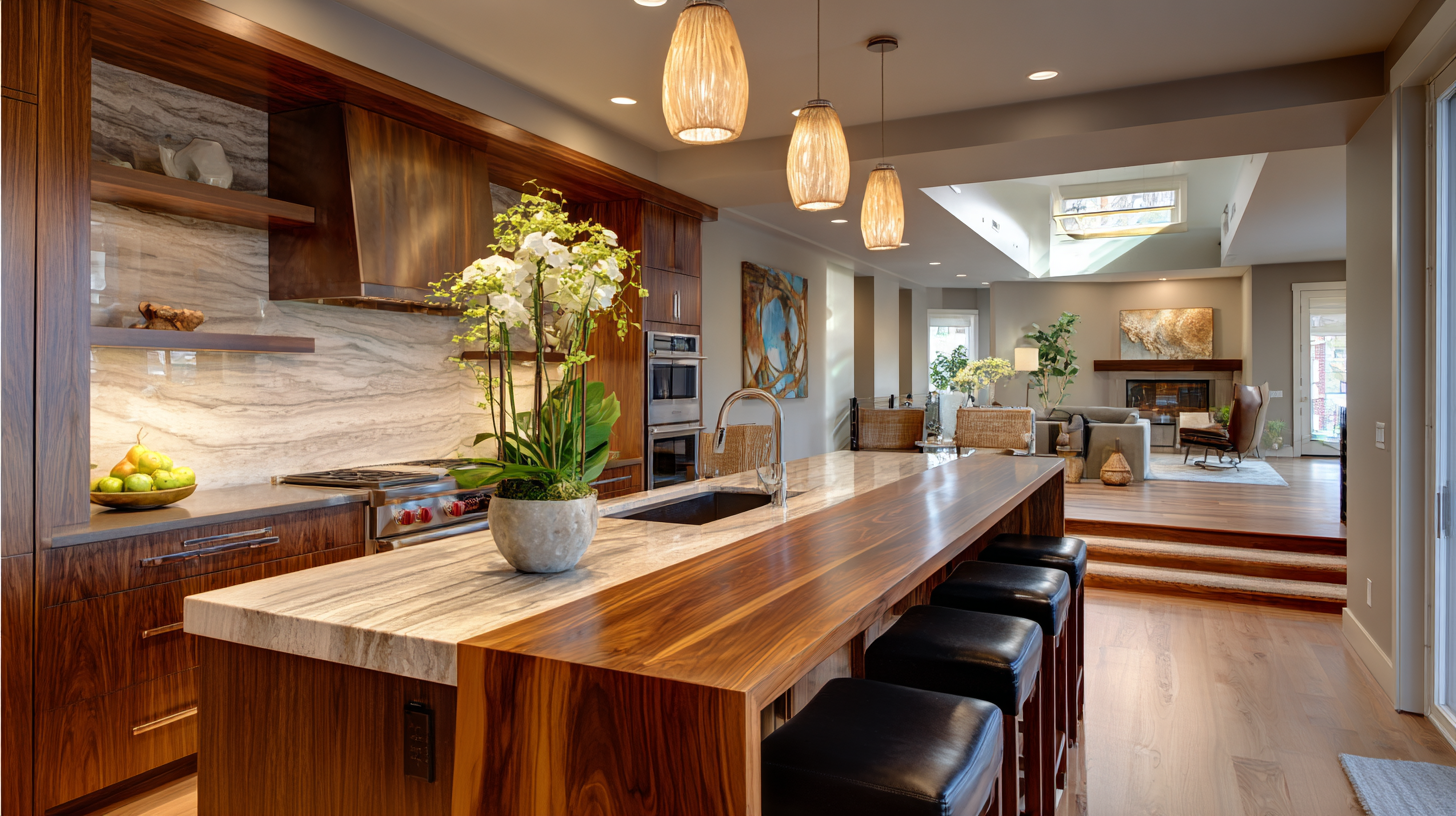 These designs can create eye-catching focal points in living spaces, whether through bold geometric patterns or organic, nature-inspired motifs. Homeowners are increasingly drawn to these tactile elements that not only enhance visual appeal but also contribute to a layered, sophisticated atmosphere.
These designs can create eye-catching focal points in living spaces, whether through bold geometric patterns or organic, nature-inspired motifs. Homeowners are increasingly drawn to these tactile elements that not only enhance visual appeal but also contribute to a layered, sophisticated atmosphere.
Additionally, sustainable materials are gaining traction, with brands introducing panels made from recycled wood and eco-friendly composites. This trend reflects a growing awareness of environmental impact, allowing homeowners to embrace style without compromise.
Moreover, customizable panel options where consumers can choose finishes, colors, and sizes offer unprecedented versatility, enabling personalized designs that cater to individual tastes. Combined, these innovative panel designs are not merely trends but a revolution in how we approach interior spaces, merging style with sustainability and personalization.
Sustainable wood choices are increasingly becoming the cornerstone of eco-friendly home aesthetics in 2025. As homeowners seek to merge style with sustainability, opting for panels made from reclaimed or responsibly sourced timber is a game-changer. Not only does this choice reduce the demand for new wood, helping to preserve forests, but it also introduces unique textures and stories into each space. Whether it’s a rustic oak from an old barn or a sleek ash sourced from well-managed forests, these materials can complement a range of design themes, from modern minimalism to cozy farmhouse aesthetics.
In addition to reclaimed wood, bamboo has gained popularity due to its rapid growth and renewability. Its natural beauty and strength make it an excellent option for flooring and cabinetry, appealing to both eco-conscious designers and homeowners. Utilizing wood finishes that are free from harmful chemicals further enhances the appeal of sustainable wood choices, creating healthy living spaces while maintaining aesthetic charm. These trends reflect a growing commitment to sustainable living, ensuring that home design can be both beautiful and environmentally friendly.
As we approach 2025, panel wood design is embracing a bold new direction characterized by vibrant colors and rich textures. Modern interior designs increasingly incorporate dynamic panel wood applications to create statement pieces that capture attention and evoke emotions. According to a recent report from the Wood Products Manufacturers Association, nearly 60% of interior designers are opting for bolder finishes in their projects, highlighting the shift towards more expressive home design.
Incorporating bold colors into panel wood can dramatically transform a space. For instance, deep blues, emerald greens, and even fiery reds are making their way into custom cabinetry and accent walls, providing striking contrasts when paired with neutral furnishings. Textured finishes, such as reclaimed wood or artisanal patterns, can also add depth and warmth to a room while reflecting a trend towards sustainability and individuality in home design.
**Tips:** When selecting panel wood, consider pairing contrasting colors for visual impact. For example, a rich oak panel in a warm hue may blend beautifully with sapphire blue elements. Additionally, experimenting with different textures can enhance tactile experiences in your home, making the space feel more inviting and personalized. Remember, it's not just about aesthetics; bold choices can also contribute to the overall mood and functionality of your interior.
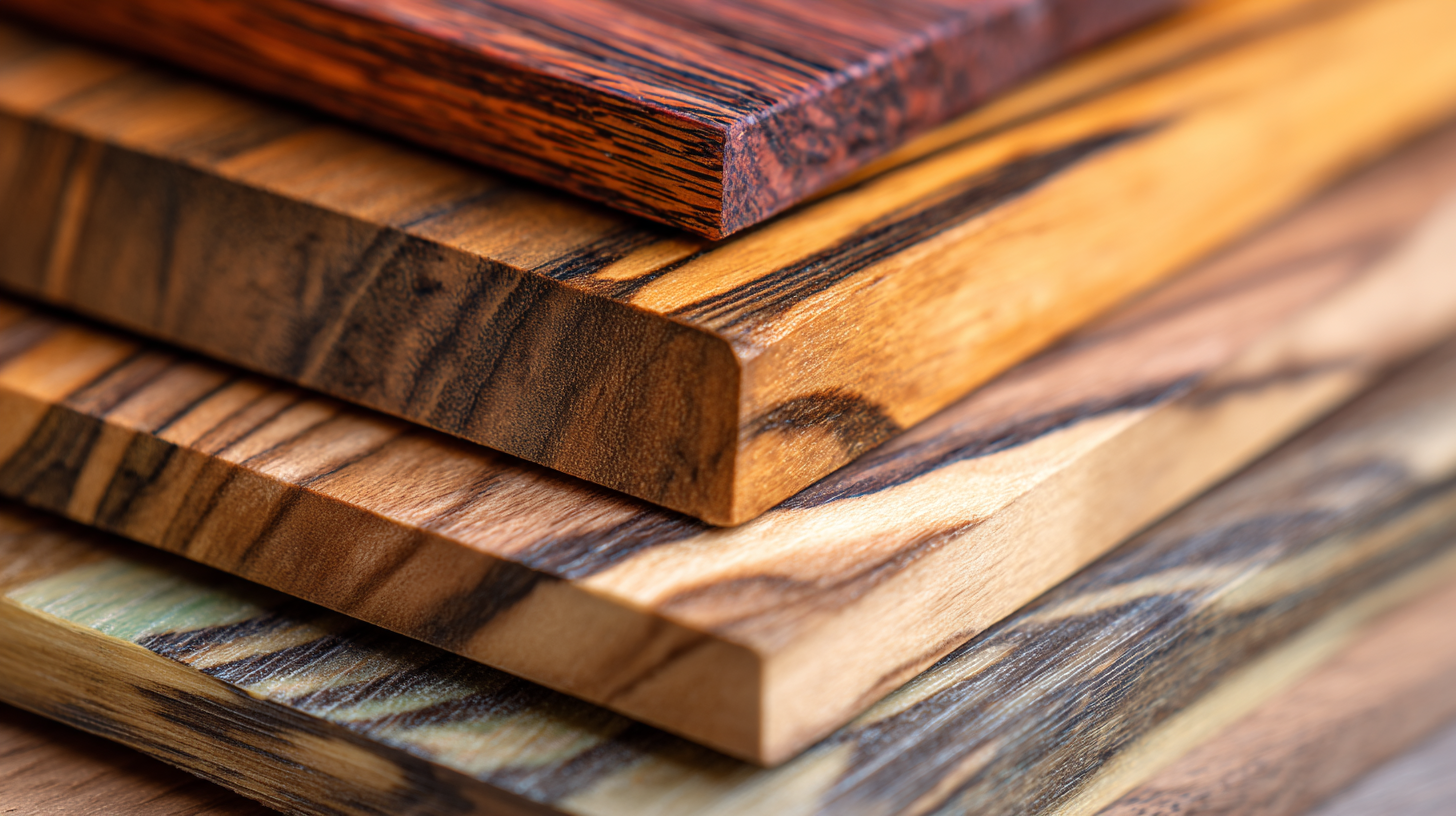
As homeowners increasingly seek solutions that marry aesthetics with functionality, multi-functional wood panels are emerging as a top trend in 2025. These innovative designs not only elevate a space's visual appeal but also enhance utility, catering to modern living’s demands. According to a recent report by the National Wood Flooring Association, the use of multi-functional materials in home design has surged by over 30% in the past five years, reflecting a shift in consumer priorities toward space efficiency and versatility.
Wood panels that serve multiple purposes—such as room dividers that also offer storage or integrated technology—are leading the charge in this trend. The 2023 Wood Trends report highlighted that more than 40% of homeowners are considering the integration of smart technology into their wood paneling, underscoring a desire for convenience without sacrificing style. By offering features like soundproofing, insulation, and modular configurations, these panels align perfectly with the needs of contemporary households, showing that style and utility can indeed go hand in hand.
In 2025, the world of home design is witnessing a delightful revival of vintage inspirations, particularly in the realm of classic wood finishes. These timeless looks embrace warmth and character, reminding us of craftsmanship from bygone eras. Expect to see rich mahogany, walnut, and cherry wood finishes making a grand comeback, evoking nostalgia while marrying seamlessly with modern aesthetics.
When incorporating vintage wood finishes into your home, consider mixing different wood tones to create depth and interest. This can be achieved by pairing a darker walnut dining table with lighter oak chairs or using antique wood for accent pieces. Additionally, showcasing wood with distinctive grain patterns can highlight your unique style and add an element of sophistication to your space.
Another tip is to look for reclaimed wood options that bring history and sustainability into your design. Not only does reclaimed wood offer a rustic charm, but it also lends character to your home while being an eco-friendly choice. By thoughtfully integrating vintage-inspired wood finishes, you can create a warm and inviting atmosphere that pays homage to the elegance of the past.
